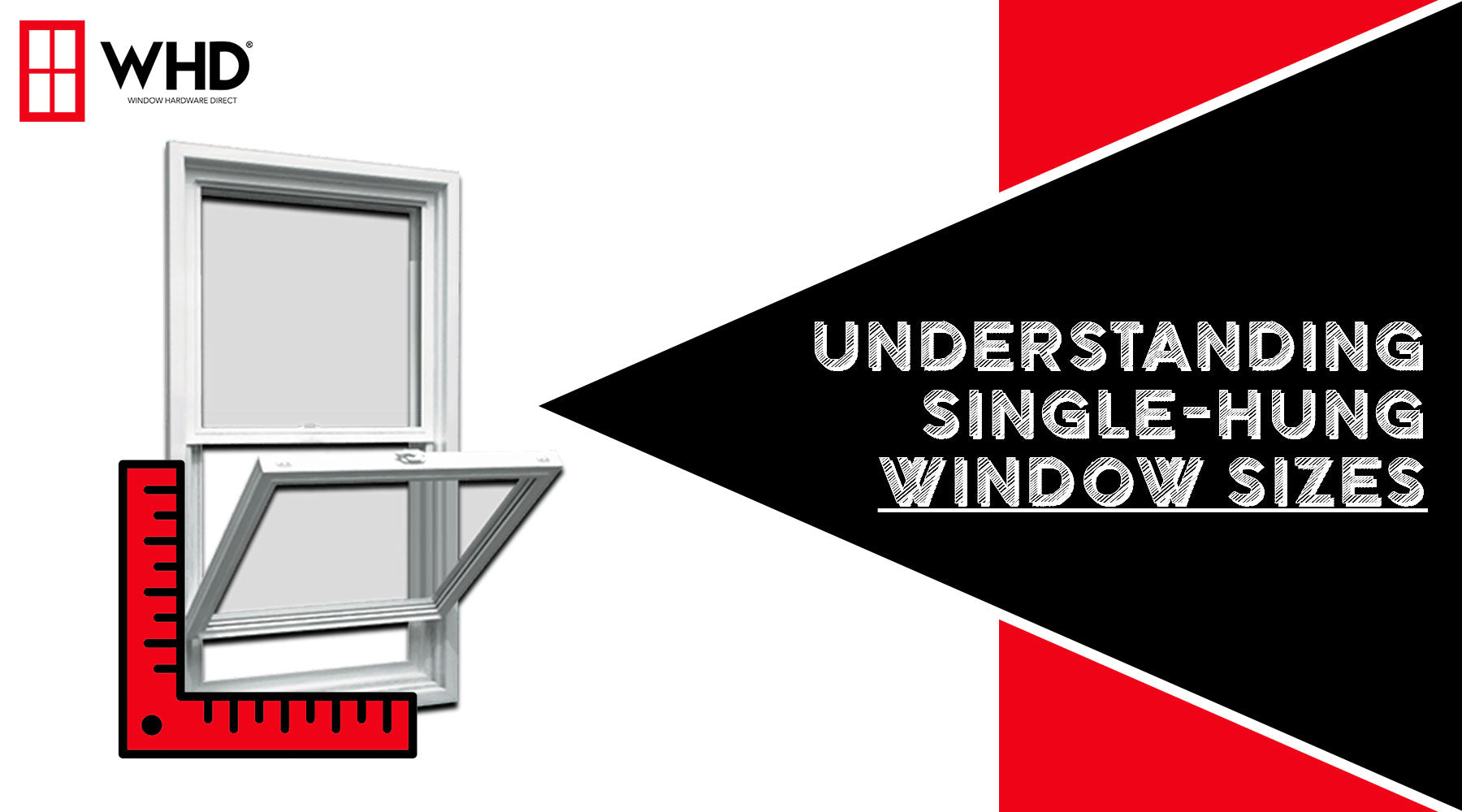
Understanding Single Hung Window Sizes: A Comprehensive Guide
Single hung windows are a popular choice for homeowners and builders due to their classic design, ease of use, and energy efficiency. When considering installing or replacing windows in a home, understanding single hung window sizes is crucial to ensure a proper fit and aesthetic appeal. In this guide, we'll explore various aspects of single hung window sizes, including standard dimensions, customization options, and factors to consider when choosing the right size for your space.

Standard Single Hung Window Sizes
Single hung windows typically come in a range of standard sizes to accommodate various architectural styles and residential needs. These standard sizes are determined based on common window opening dimensions and the availability of materials. The most common width dimensions for single hung windows are 2 feet, 3 feet, 4 feet, 5 feet, and 6 feet. The height can vary widely, but common heights include 3 feet, 4 feet, 5 feet, and 6 feet.
Here are some typical single hung window sizes:

These standard sizes provide a starting point for homeowners, builders, and architects, allowing for easy incorporation into most building designs.
Customization Options
While standard sizes are prevalent and readily available, customization is also an option for those seeking a specific fit or design. Customizing single hung window sizes can be beneficial if you have unique architectural requirements or want to create a particular aesthetic.
Customization options for single hung windows include:
-
Dimensional Adjustments:
Tailor the width and height of the window to fit your specific wall opening or design preferences.

-
Grid Patterns:
Choose the number and layout of window grids (muntins) to match the style of your home.

-
Shapes and Arches:
Opt for custom shapes or arches to suit the architecture of your home or achieve a distinctive look.

-
Energy Efficiency Enhancements:
Request additional insulation (such as weatherstripping) or low-emissivity coatings to improve energy efficiency.

-
Frame Materials and Colors:
Select from various frame materials such as vinyl, aluminum, wood, or fiberglass, and choose a color that complements your home's exterior. Be sure to select proper screen frame materials as well.

Factors to Consider When Choosing Sizes
When determining the appropriate single hung window sizes for your home, several factors should be taken into account:
-
Consider the size of the room and how the window will fit proportionally within the space. Room Proportions:
Room Proportions:
-
Choose window sizes that align with the architectural style of your home for a cohesive and aesthetically pleasing appearance. Architectural Style:
Architectural Style:
-
Evaluate how the window size will affect the amount of natural light entering the room. Larger windows often allow more light into a space. Natural Light:
Natural Light:
-
Determine if the window size provides adequate ventilation for the room, especially in areas like kitchens and bathrooms. Ventilation Needs:
Ventilation Needs:
-
Ensure that the window sizes comply with local building codes and regulations in your area. Building Codes and Regulations:
Building Codes and Regulations:
Conclusion
Understanding single hung window sizes is essential to achieve the desired look and functionality for your home. Whether you opt for standard sizes or choose customization, selecting the right window dimensions can significantly impact the overall appeal and efficiency of your living spaces. Always consult with a professional window supplier or installer to ensure that your chosen window sizes align with your specific requirements and preferences.
For further questions about single hung window sizes or parts, Contact Us Today! The WHD Team would be more than happy to help.
